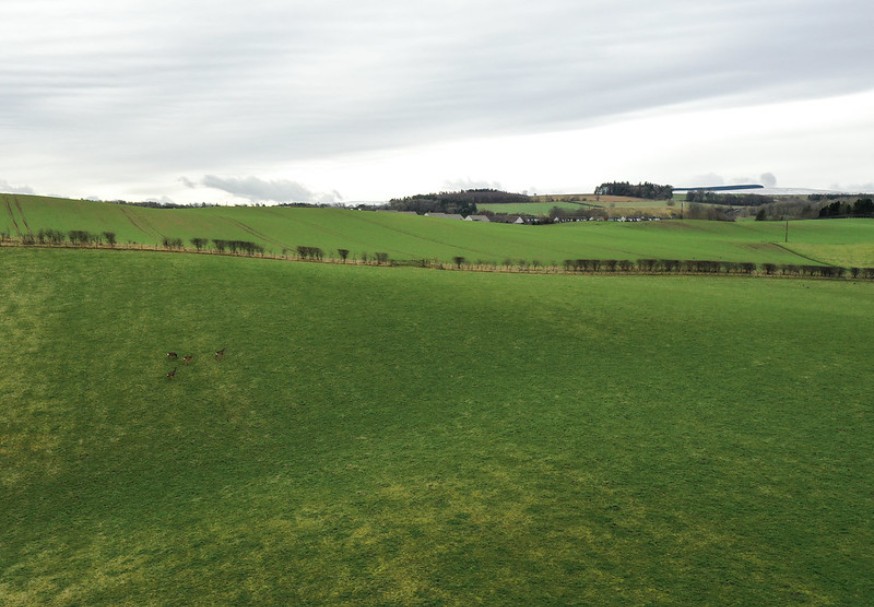Notice: Russell House in Ayr and the RPID office in Stornoway are currently closed to both Scottish Government staff and visitors.
News
-

Fruit and Vegetables Aid Scheme Consultation Launched. - 27 June
Fruit and Vegetables Aid Scheme consultation launched
-

Future Farming Investment Scheme - 19 June
Applications for £14 million fund to open in July.
-

Agricultural Census 2025 - 4 June
The Scottish Government’s 2025 Agricultural Census is now open.


